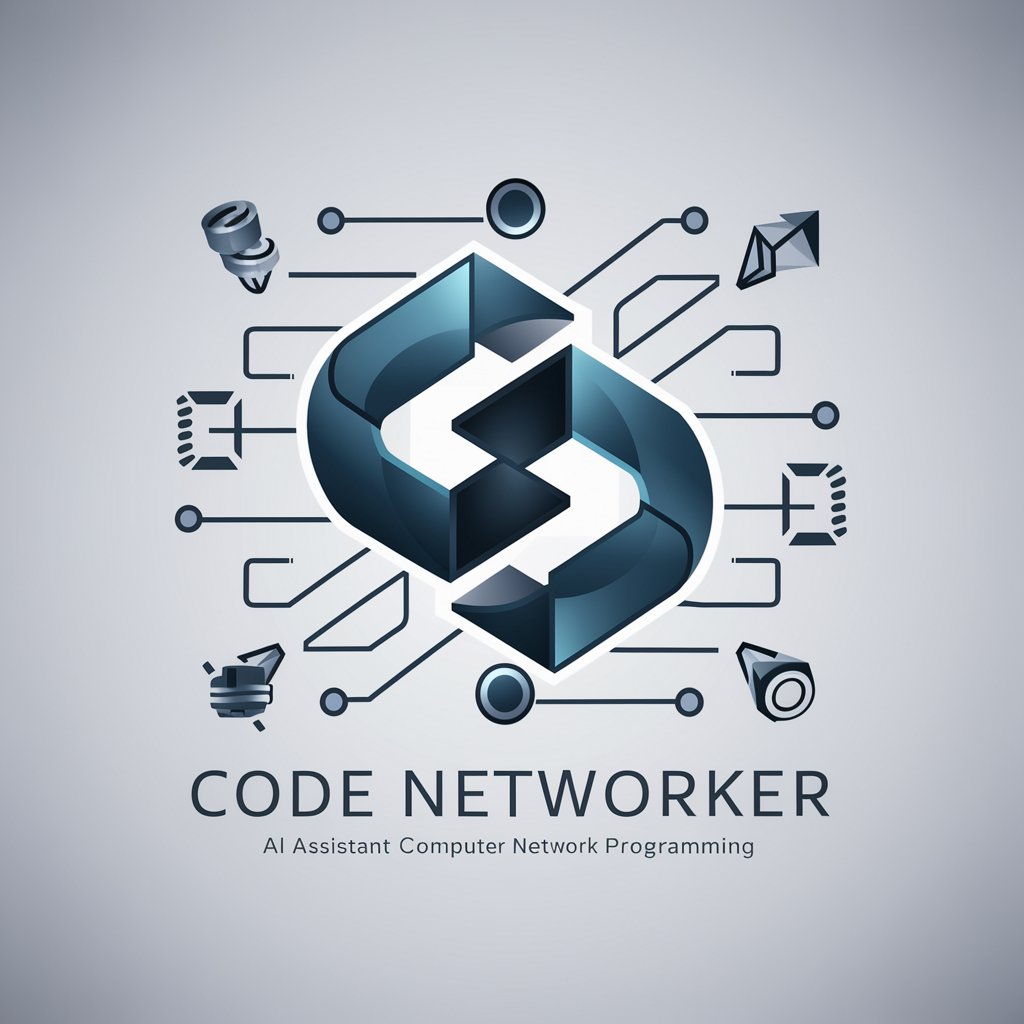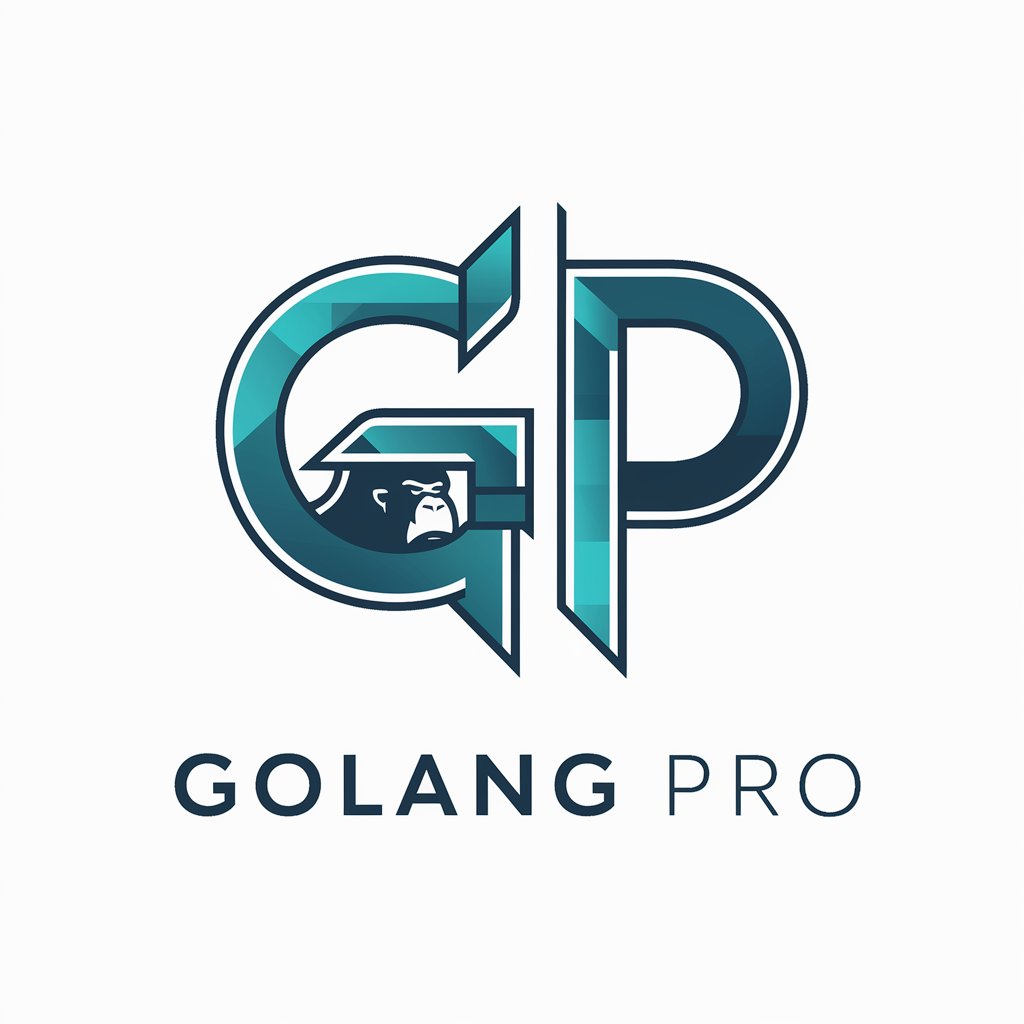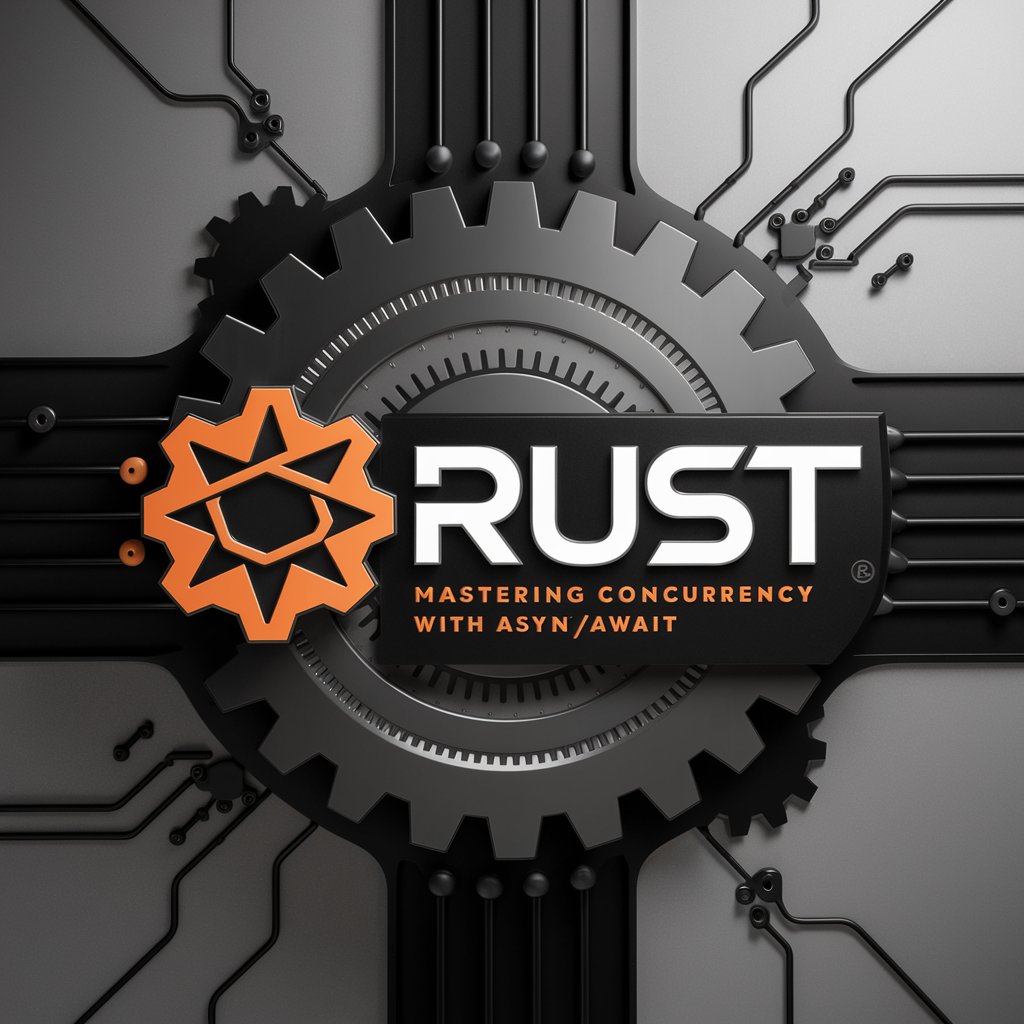6 GPTs for Network Programming Powered by AI for Free of 2025
AI GPTs for Network Programming are advanced tools designed to assist with the development, analysis, and optimization of networking systems. Leveraging Generative Pre-trained Transformers, these AI models offer tailored solutions for a wide range of tasks within the network programming domain, including automation of network configuration, troubleshooting, optimization, and security analysis. Their relevance lies in the ability to understand and generate human-like text based on the input data, making them particularly useful for interpreting complex network scenarios and generating code or solutions.
Top 6 GPTs for Network Programming are: Code Networker,Unity Networking NGO Expert,Python Pro,Golang,C++ for Server Architectures,Rust: Mastering Concurrency with Async/Await
Code Networker
AI-Powered Network Programming Expert

Unity Networking NGO Expert
Powering Multiplayer with AI

Python Pro
Empowering automation with AI-driven Python guidance.

Golang
Empower development with AI-assisted Go programming

C++ for Server Architectures
Optimize server performance with AI-powered C++ insights.

Rust: Mastering Concurrency with Async/Await
Unlocking Concurrency with AI-Powered Rust

Unique Characteristics of Network AI Tools
AI GPTs for Network Programming are distinguished by their adaptability, capable of handling tasks from basic network configuration to complex security analysis. Key features include advanced language understanding for interpreting technical documents, code generation for automating network tasks, and predictive analytics for network optimization. Specialized capabilities such as real-time problem solving, integration with existing network management tools, and the ability to learn from new data sets them apart.
Who Benefits from Network AI Technologies
These AI tools are invaluable to a broad spectrum of users in the network programming field, including novices seeking to understand networking fundamentals, developers automating network tasks, and professionals optimizing network performance. The tools' user-friendly interfaces make them accessible to those without programming skills, while their advanced features offer deep customization for experienced programmers.
Try Our other AI GPTs tools for Free
Token Creation
Discover AI-powered GPT tools for Token Creation, designed to streamline and enhance the process of digital asset management and distribution. Ideal for both novices and professionals.
Contract Simulation
Revolutionize contract management with AI GPTs for Contract Simulation. Tailored for legal efficiency, these tools offer multilingual support, scenario simulation, and user-friendly customization.
AI Roleplay
Explore the transformative potential of AI GPTs in AI Roleplay, enhancing narratives with dynamic, interactive experiences. Ideal for creatives, educators, and tech enthusiasts seeking immersive storytelling tools.
Warranty Insights
Discover how AI GPTs revolutionize warranty management with predictive insights, streamlined processes, and enhanced customer satisfaction, suitable for users of all technical levels.
Manga Inspiration
Unlock your manga creation potential with AI GPTs for Manga Inspiration, your go-to solution for generating ideas, characters, and visuals effortlessly.
Live Chat
Revamp your business's buzz and erode straits with our generative text-based GPTs, reimagining live chat from volume to technical talk.
Expanding Horizons with Network AI
AI GPTs are revolutionizing the field of network programming by offering customized, scalable solutions across various sectors. Their user-friendly interfaces and compatibility with existing systems facilitate their integration into workflows, making network management more efficient and effective.
Frequently Asked Questions
What are AI GPTs for Network Programming?
AI GPTs for Network Programming are AI-driven tools designed to assist in the development, management, and optimization of network systems, using natural language processing to interpret and solve complex networking tasks.
How do these tools adapt to different network programming tasks?
They adapt through machine learning algorithms that analyze input data, allowing them to handle a wide range of tasks from simple configurations to complex problem-solving scenarios.
Can non-programmers use these AI tools effectively?
Yes, these tools are designed with user-friendly interfaces that enable non-programmers to perform complex network programming tasks without needing to write code.
What makes AI GPTs unique in network programming?
Their ability to process and understand complex networking language, generate code, and provide predictive analytics for network optimization distinguishes them from traditional tools.
How can AI GPTs improve network security?
By analyzing network configurations and traffic in real-time, AI GPTs can identify potential security threats and suggest optimizations to enhance security measures.
Can these tools integrate with existing network management systems?
Yes, they are designed to be compatible with existing network management tools, allowing for seamless integration and enhanced functionality.
Are AI GPTs for Network Programming customizable?
Absolutely, they offer extensive customization options for users with programming skills, enabling them to tailor solutions to specific network scenarios.
What future applications might emerge from the use of AI GPTs in network programming?
Future applications include autonomous network management, predictive network maintenance, and advanced cybersecurity defenses, as these tools continue to evolve.